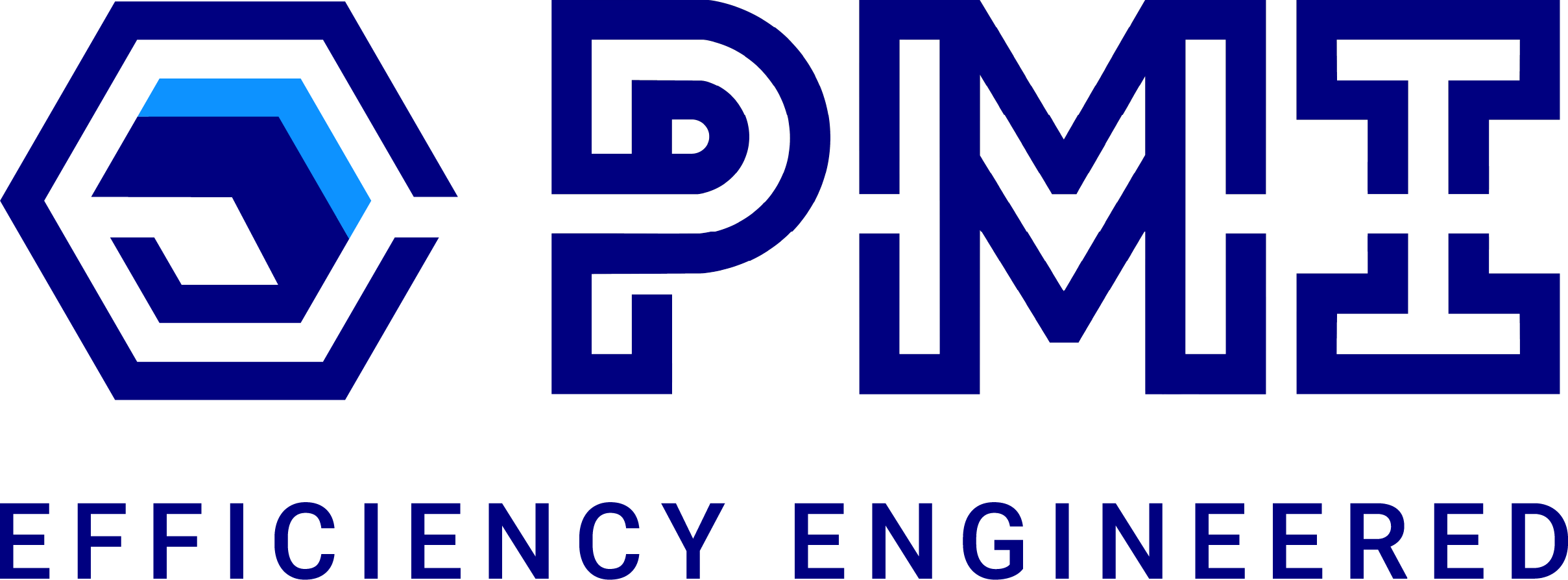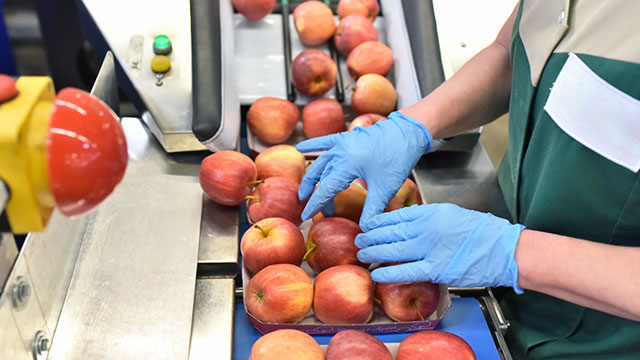Model Your Plant for Improved Performance.
Food and Beverage simulation projects call for a targeted approach to tackle challenges of volatile seasonality demand, high staff turnover, mixed product lines, and increasing energy and raw material costs. The Plant Simulation Food and Beverage Library offers planners a chance to try out and examine various planning options prior to paying the cost of design or engineering modifications. Through early identification of bottlenecks and non-value-adding tasks, manufacturers can maximize operational efficiency while keeping investment risk to a minimum.
The simulation library is utilized by manufacturers to simulate, model, and optimize packaging processes, logistics, and production lines. The library contains industry-specific components including filling lines, pumps, mixers, tanks, and packaging equipment for effective and realistic simulations.
How can PMI Support you?
Managing Operational Complexity in Volatile and Seasonal Demand
The food and beverage industry often deals with fluctuating demand, seasonal production cycles, and tight delivery timelines. PMI enables clients to model their plants for improved performance and resilience under such dynamic conditions.
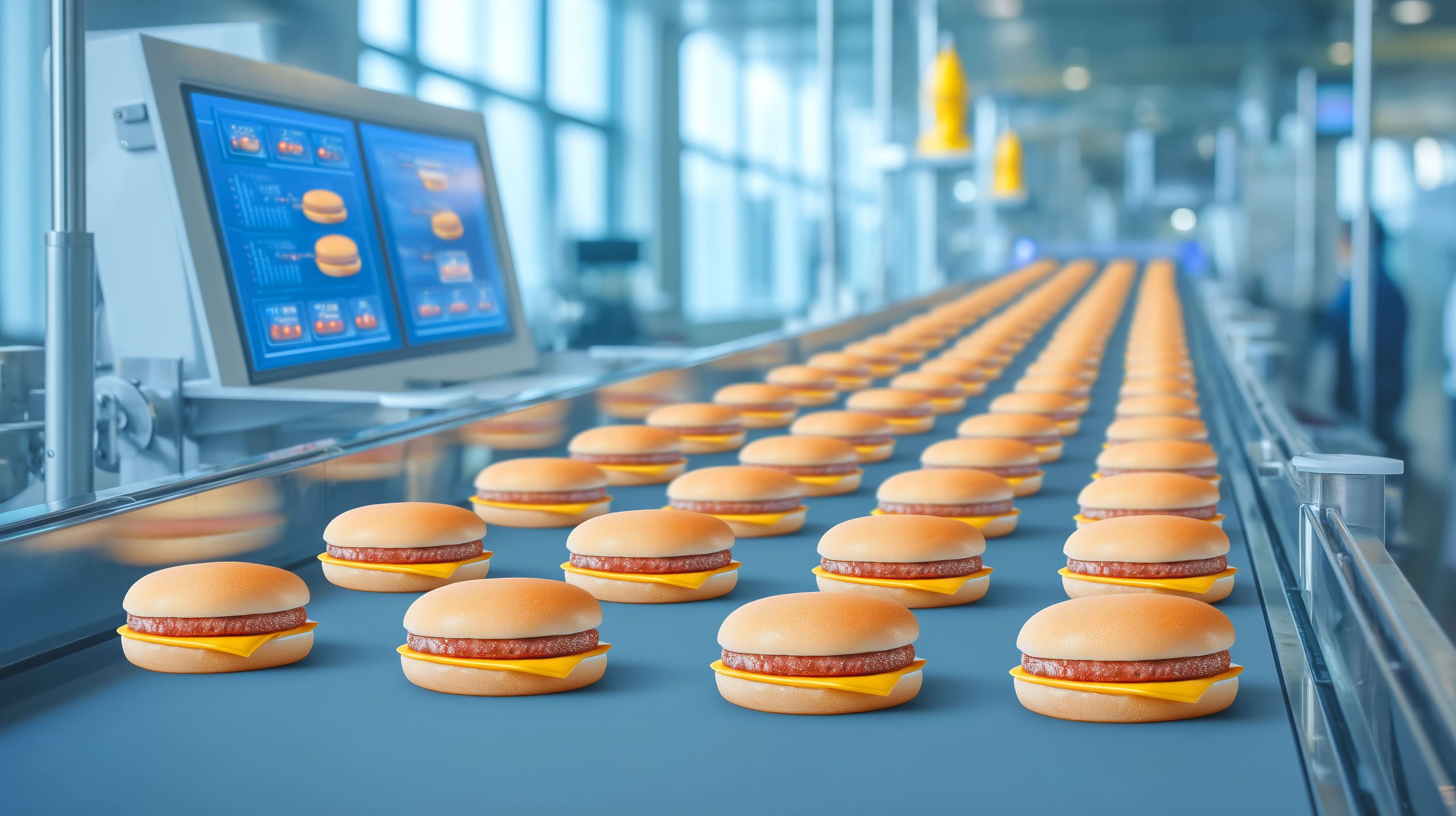
PMI Solutions :
Use digital simulations to analyze production schedules, evaluate the impact of demand shifts, and balance operations without disrupting live systems.
Leverage real-time data to simulate demand variations and align production dynamically.
Improve production scheduling with lean inventory strategies and optimize labor to respond to demand variability.
Enhancing Production Efficiency & Reducing Downtime
The food and beverage industry often deals with fluctuating demand, seasonal production cycles, and tight delivery timelines. PMI enables clients to model their plants for improved performance and resilience under such dynamic conditions.
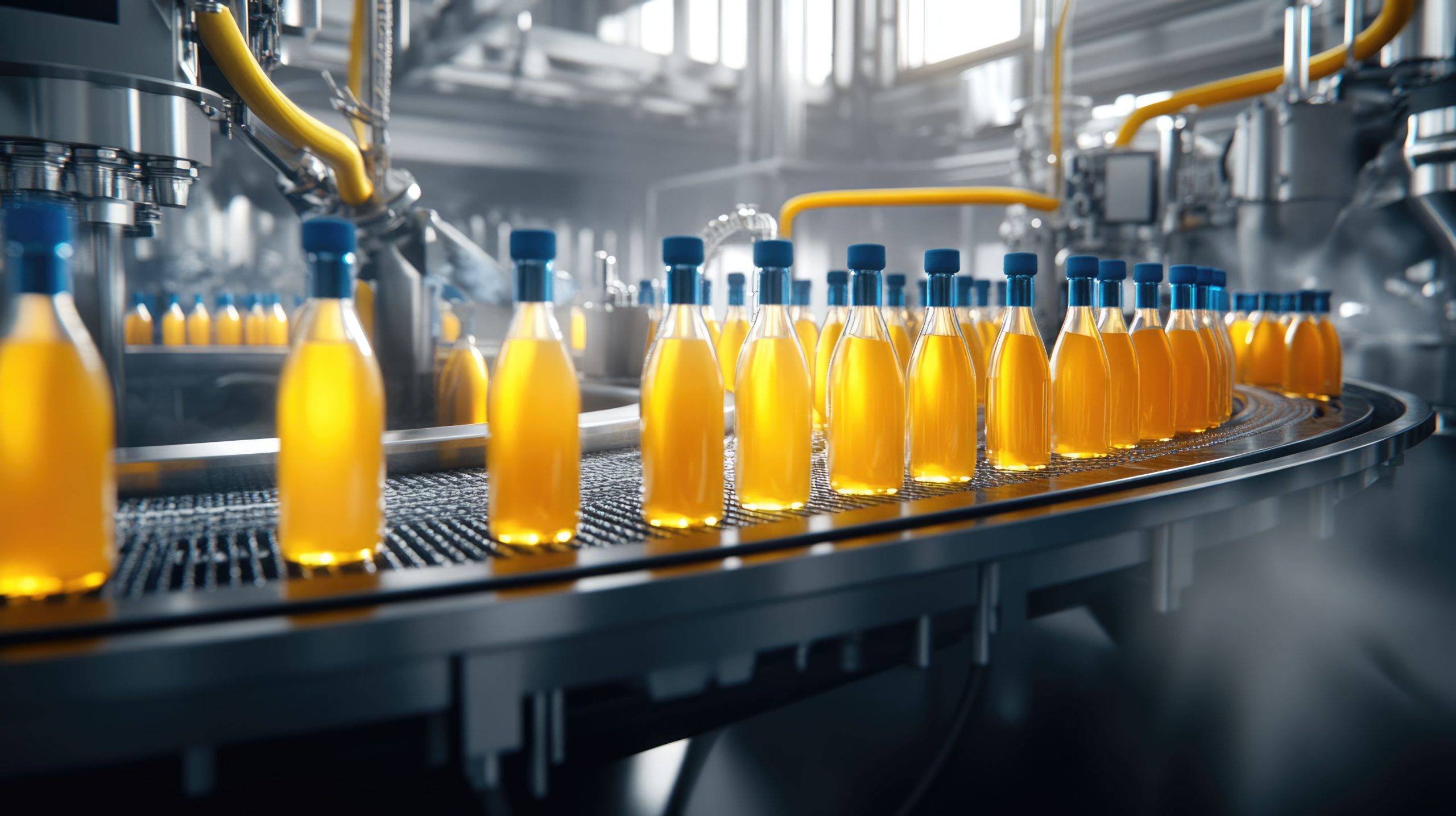
PMI Solutions :
Simulate packaging lines, filling stations, tanks, mixers, and logistics to identify inefficiencies and trial new planning options with minimal risk.
Capture real-time production data and equipment wear to drive predictive maintenance and reduce unplanned downtime.
Monitor equipment in real-time, simulate failure scenarios, and schedule maintenance proactively.
Streamline production layouts and reduce non-value-adding tasks for optimal throughput.
Quality Control & Compliance Assurance
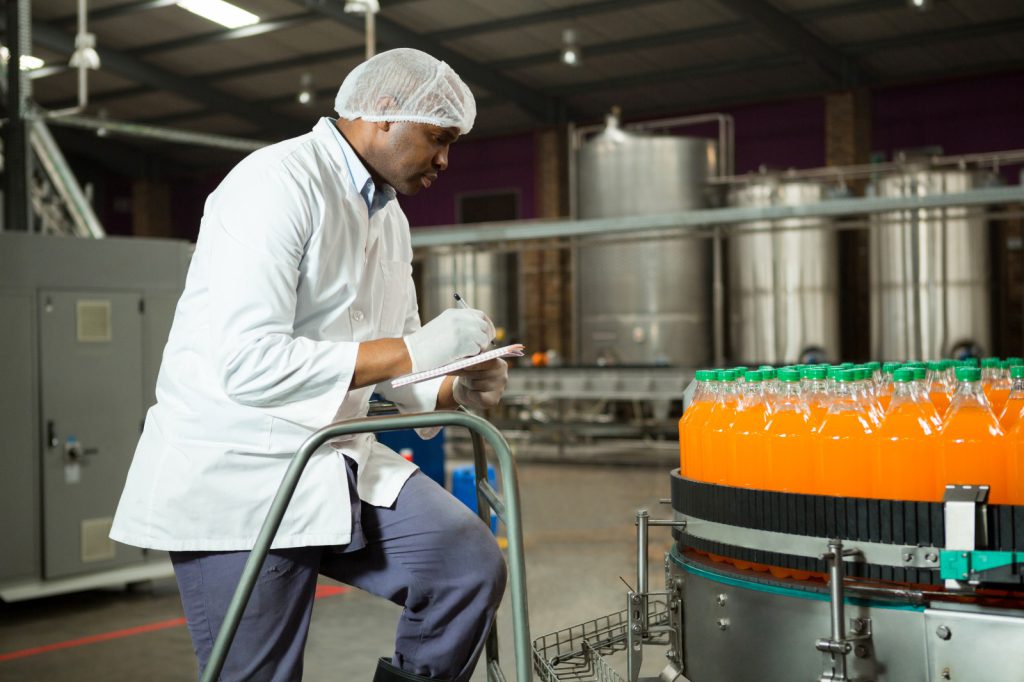
PMI Solutions :
Measure product dimensions and physical attributes to maintain quality benchmarks.
Monitor product characteristics digitally and ensure compliance with food safety protocols.
Embed quality assurance processes across facility operations.
Test quality control systems virtually to minimize waste and product recalls.
Facility Planning & Space Optimization
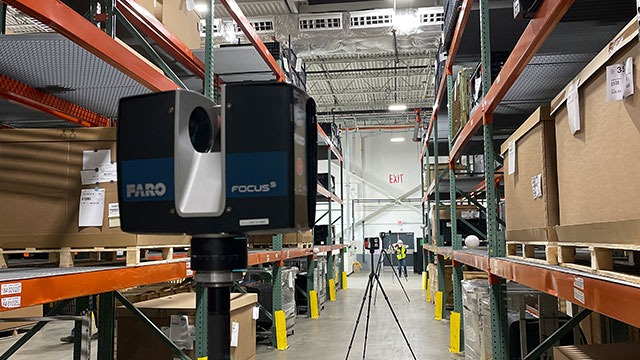
PMI Solutions :
Create detailed 3D digital replicas of facilities to optimize layout and space usage.
Plan efficient facility layouts to enhance workflow, material movement, and minimize waste.
Model different facility layout scenarios virtually before implementing changes.
Workforce Management & Talent Retention
The industry faces high attrition rates, labor skill gaps, and the need for flexible hiring practices. PMI's HR consulting services empower companies to build a stable and efficient workforce.
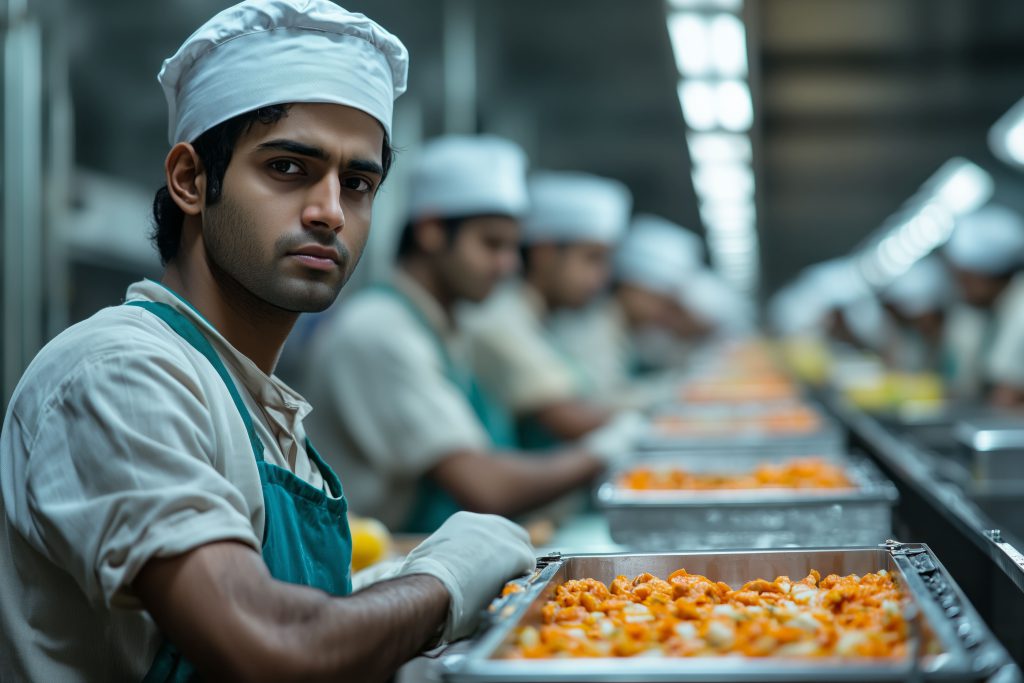
PMI Solutions :
Streamline hiring, improve role-specific training, and enhance HR compliance with food safety and audit standards.
Deliver SOP-based training to boost operational consistency and reduce skill mismatches.
Promote a safe and inclusive work environment to improve employee engagement and retention.
Supply Chain Optimization & Inventory Management
From procurement to packaging and distribution, food and beverage supply chains are vulnerable to delays and inefficiencies. PMI brings visibility, agility, and optimization through digital solutions.
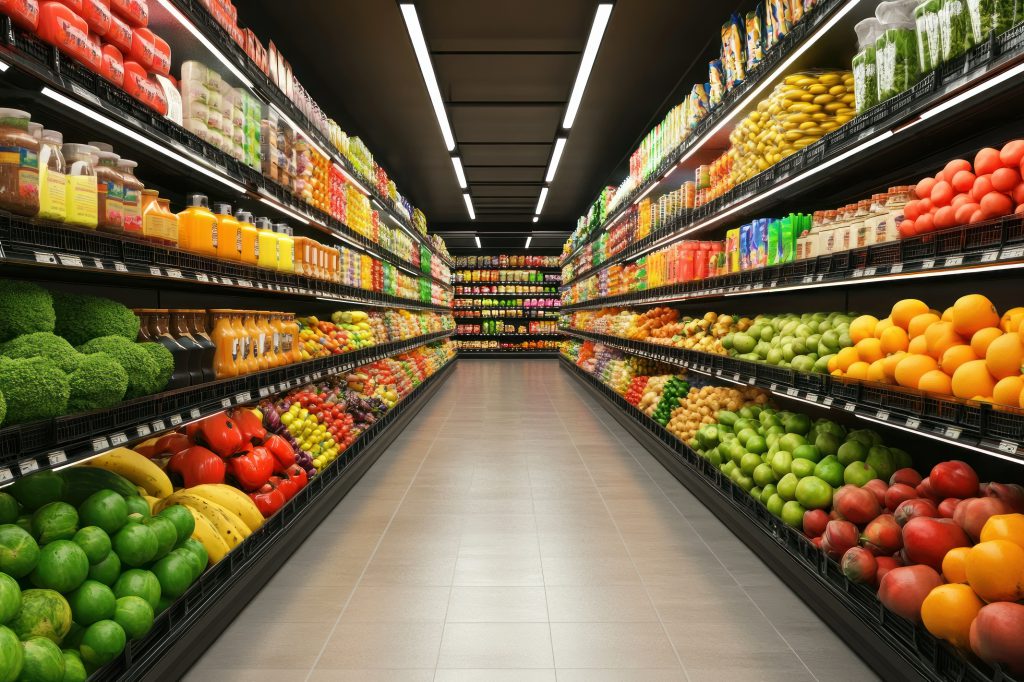
PMI Solutions :
Before you make big, expensive physical changes to improve supply chain workflows, use PMI’s Simulation Modeling to optimize inventory strategies from acquisition to delivery.
Get clear picture of inventory and space with real-time inventory tracking and warehouse efficiency using precise 3D models.
Monitor and optimize logistics and supply chain responsiveness while minimizing environmental footprint with a live digital version of your operations.
Optimize supply chain flow and reduce logistics costs.
Want to schedule a time to speak with one of our Food & Beverage Consulting representatives now?

Let our experts show you how our Services can support your projects!
Send a message to our team by filling out the form below. Describe your project, ask questions, or even request a bid.
An expert from our team will be in touch with you within one business day!
